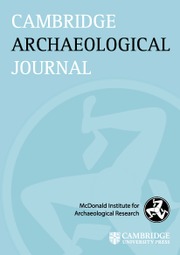No CrossRef data available.
Article contents
Textiles and Staple Finance in the Near East and the Southern Levant
Published online by Cambridge University Press: 13 November 2024
Abstract
Textiles have long been recognized as a key feature in the economic and social development of early complex societies. Many comparative dimensions, however, remain unexplored, including within the ancient Near East. Unlike contemporary societies in Syria and Mesopotamia, wool was not used as a staple finance good in the Early Bronze Age southern Levant (c. 3700–2000 bce) since the landscape could not permit adequately scaled production. In larger cultural regions wool was produced at vast scales and helped underpin royal institutions. But without a non-perishable, high-volume and high-value commodity like wool, staple finance in the southern Levant was restricted to seasonally produced grain, wine and oil, primarily used in exchange for local labour. Moreover, without wool there was little need in the southern Levant for the administrative and security technologies used elsewhere, namely seals and sealing, and later, writing. This limited the development of complex institutions and cognitive abilities.
- Type
- Research Article
- Information
- Copyright
- Copyright © The Author(s), 2024. Published by Cambridge University Press on behalf of the McDonald Institute for Archaeological Research


